The Nez Perce Historical Park in Spalding
When Lewis and Clark met the Nez Perce in 1805, the tribe controlled a territory of 17 million acres which stretched across the states of Idaho, Montana, Oregon and Washington. We visited the museum dedicated to them in Spalding, Idaho, just east of Lewiston.

Nez Perce is French for “Pierced Nose”: a name mistakenly bestowed upon them by French fur traders. Nose-piercing has never been a part of Nez Perce culture, but for some reason the name stuck. The tribe refers to itself as the Niimíipu, which means “The People”.
Like most Native Americans, the Nez Perce have a rich history which turned tragic with the arrival of Europeans. They were among the final American tribes “discovered” by the whites, and established a friendly, collaborative relationship with Lewis & Clark’s party. The arriving settlers didn’t seem interested in their territory, and the Nez Perce were able to live in peace alongside their new neighbors.
Far from being afraid, the Nez Perce were fascinated by these white people with their powerful “magic”, and sent a delegation to St. Louis requesting missionaries to come west and teach them from the “Book of Heaven”. Before visiting the Nez Perce Museum, I had never considered that Native Americans might have requested conversion, but I suppose it makes sense.
Of course, it didn’t take long for the cozy relationship to fall apart. After the discovery of gold in Idaho, the Nez Perce were pushed off their land onto ever smaller reservations. Disease, particularly smallpox, devastated the population, and things came to a head during the 1877 Nez Perce War. The Nez Perce won some initial skirmishes, but were eventually overwhelmed by the US military just 40 miles south of Canada, where they had hoped to find refuge. The war ended with Chief Joseph’s legendary words of surrender: “Hear me, my chiefs! I am tired. My heart is sick and sad. From where the sun now stands I will fight no more forever.”
The museum dedicated to the tribe is exceedingly well-done, filled with artifacts and displays which bring the customs and practices of the Nez Perce to life. There’s a short video presentation which is both interesting and informative. And near the museum are buildings dating from the late 1800s, including a Presbyterian Church and a general store where whites would trade with the Nez Perce for food and clothing.
Nez Perce National Historic Park – Website
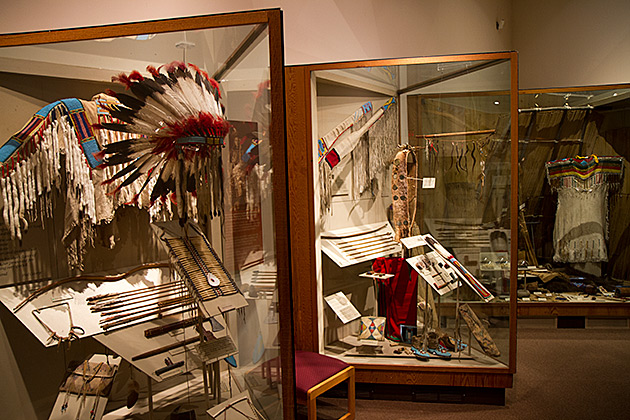
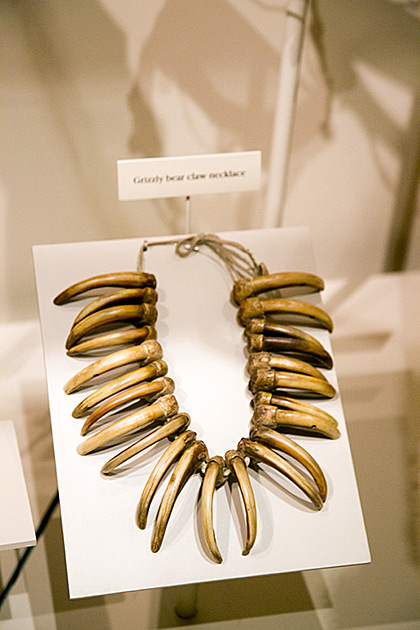

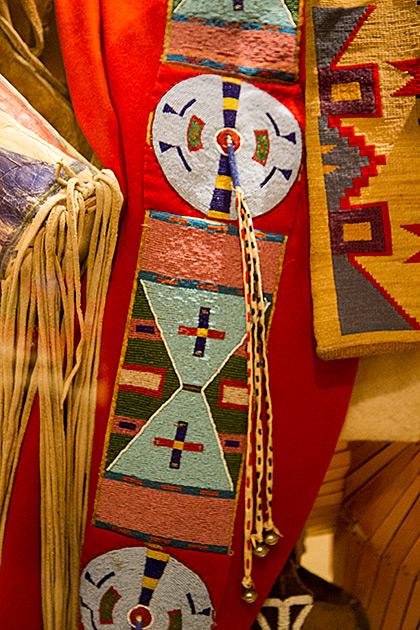
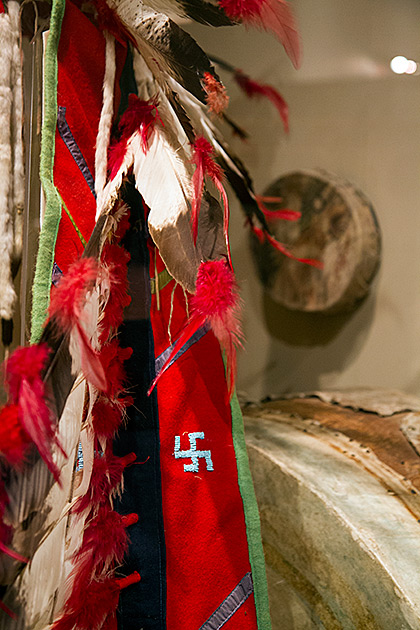
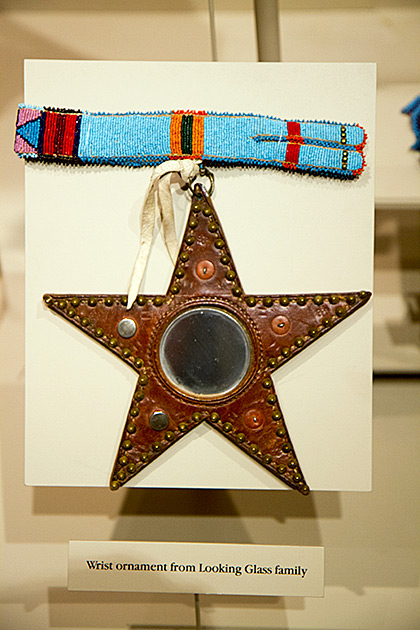
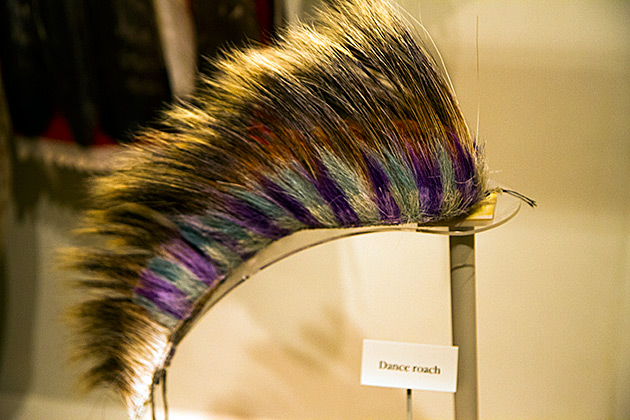
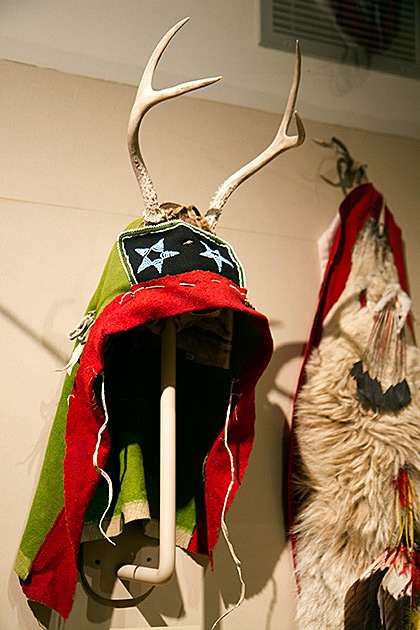
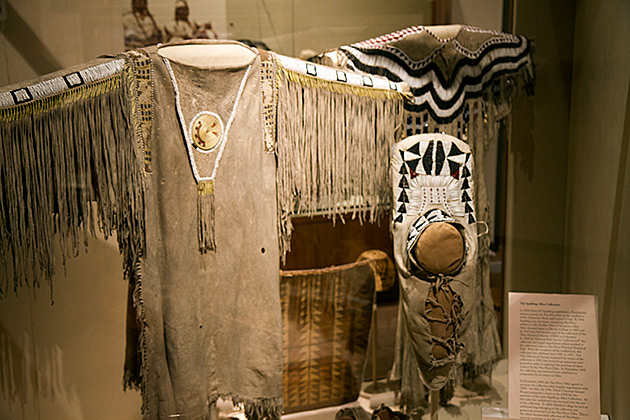


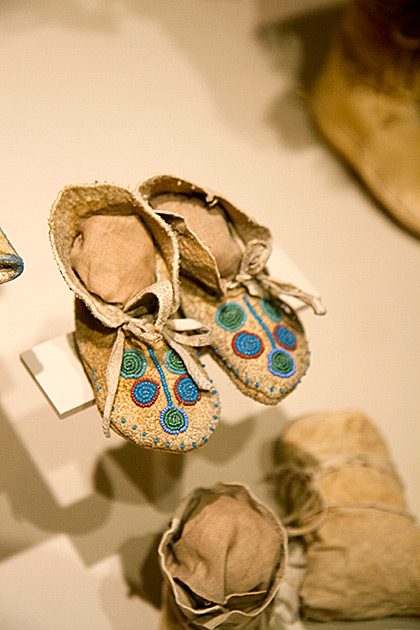
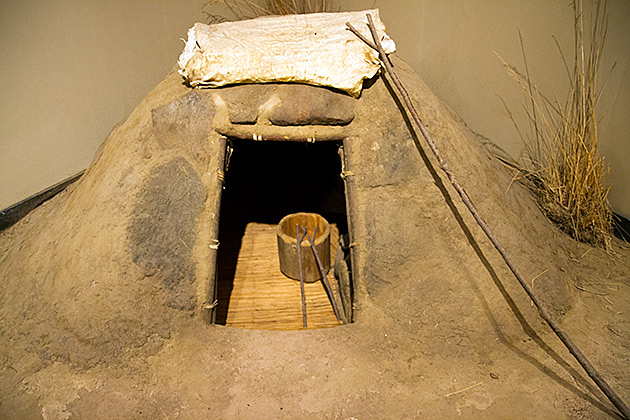

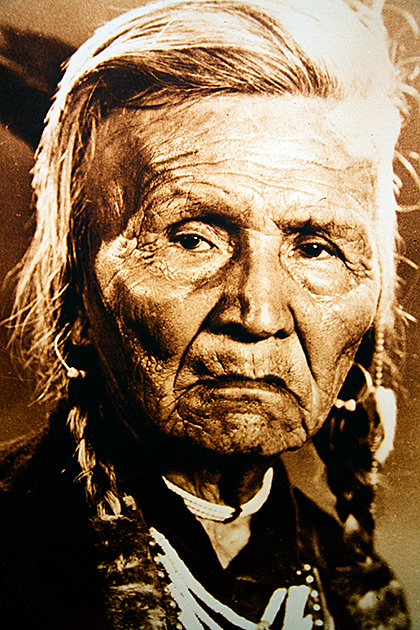
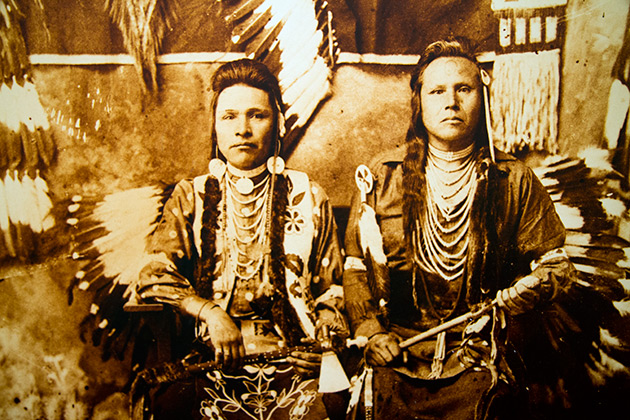

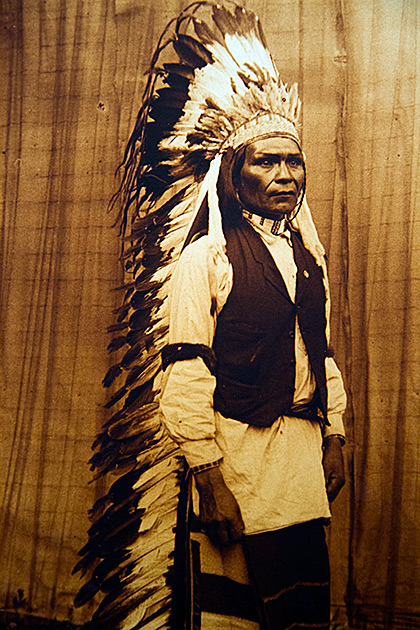
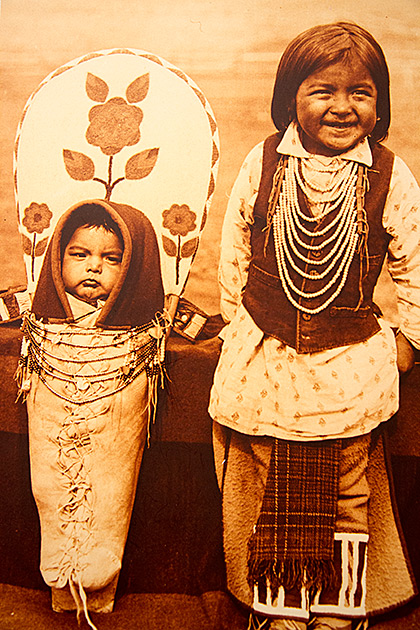
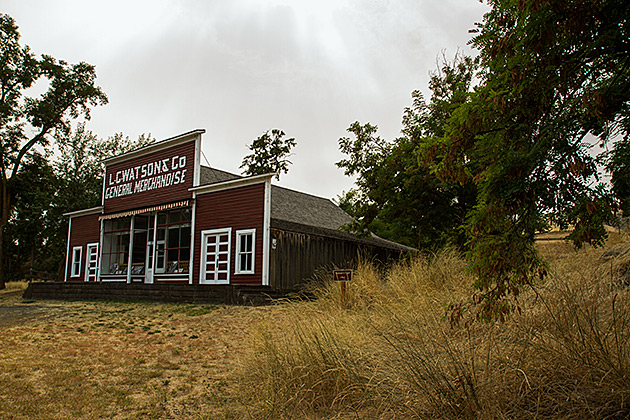
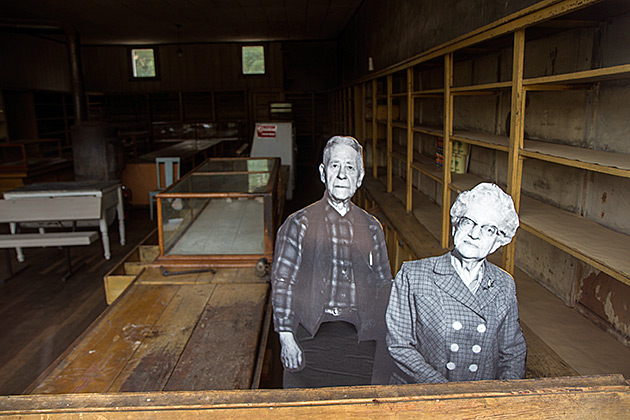
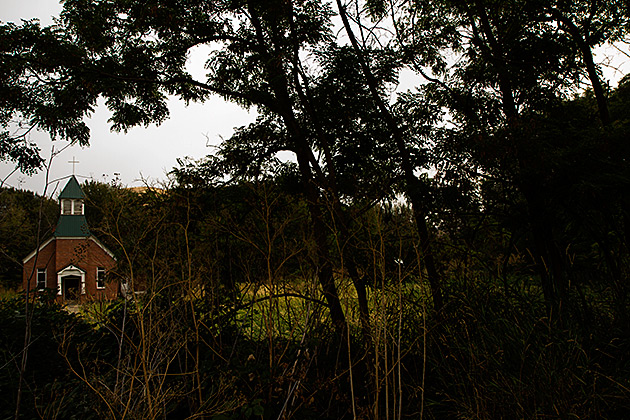
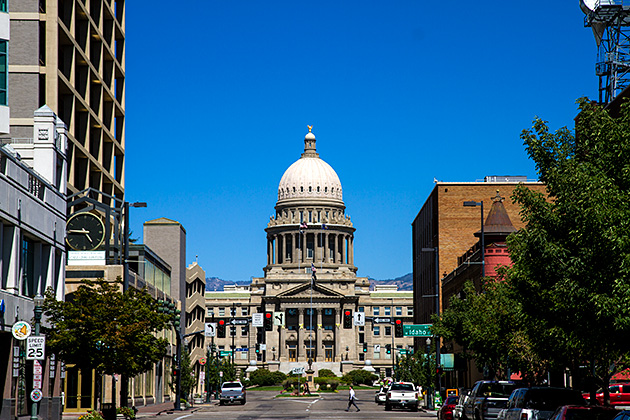

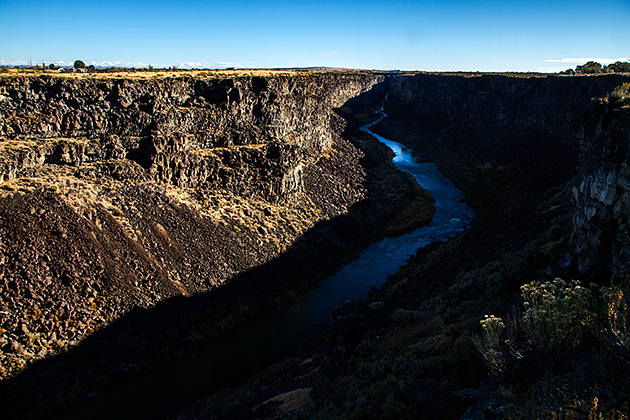
An amazing people. Love the beautiful hand-crafted articles of clothing and jewelry. I had to Google the headdress with the ‘swastika’ though! From their website:http://www.nps.gov/museum//exhibits/nepe/exb/dailylife/GenderRoles/NEPE2225-2226(2)_Head-dress.html War Bonnet and TrailerThe headdress was a sign of leadership and honor and was often passed down from generation to generation. The headdress and trailer was probably made locally. The headdress itself is built around a tan felt cap with twenty-five feathers. The head band is beaded with small bells and ermine tails attached to it. The trailer has twenty-six eagle feathers attached to a trailer of red trade cloth. One of the designs on the trailer is of a whirlwind, which Euro-American’s often call a swastika. This is an ancient symbol that appears in artwork around the world.Learn something new everyday!
Nez Perce are glasses without the ear holders on the side – that just balance on the nose. Supposedly one of the original chiefs of the Nez Perce was given/traded these by a French Canadian trader. The chief took to wearing them regularly, and that is how the tribe got its English-language name. It is not about piercing.
That’s interesting — actually, we learned the meaning behind “Nez Perce” from the video presentation in the Nez Perce museum, which seems like it’d be a pretty good authority (it’s also on their tribal website) — but perhaps there are multiple explanations!
The history of the flight of the Nez Perce is writen by Will Henry in his novel “From Where the Sun Now Stands”. It is a valiant an heart-breakingstory.
Pingback: The Dworshak Dam and Fish Hatchery | For 91 Days in Idaho – Travel Blog
Pingback: american girl kaya unit study